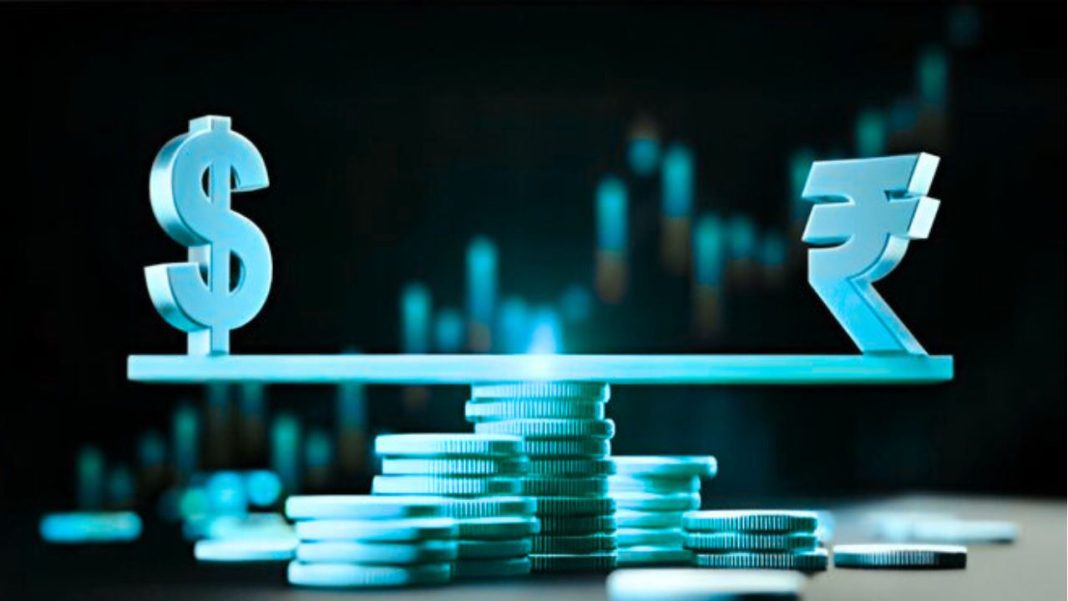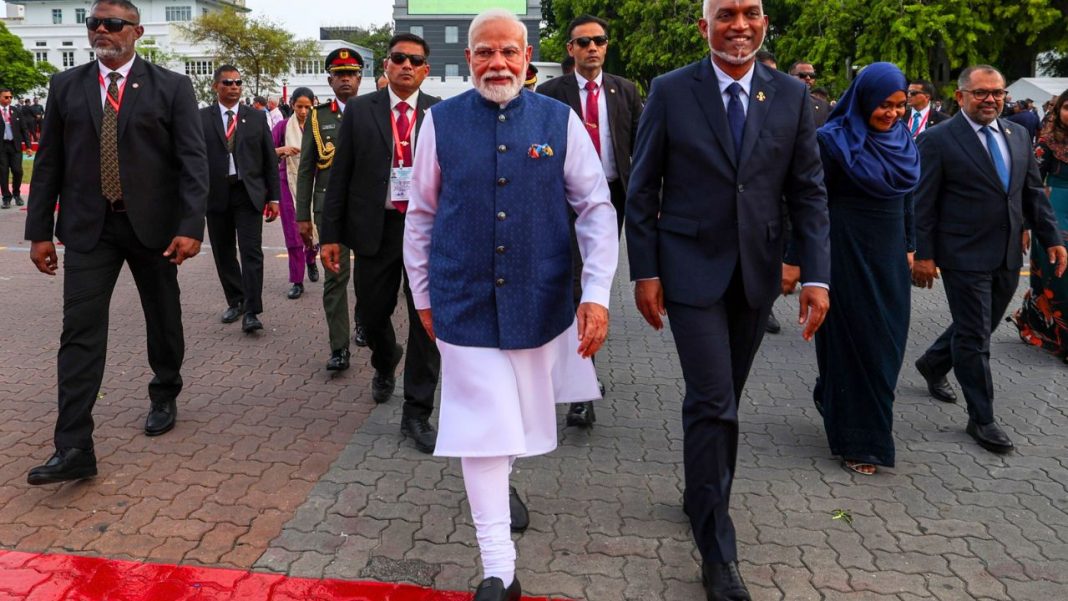Currency value isn’t just about exchange rates—it’s about global perception, economic fundamentals, and the confidence of citizens and investors alike. When these break down, even the strongest currencies can stumble. It can either appreciate or depreciate based on inflation, political stability, trade deficits, external debt, and global market confidence.
India, while resilient, has seen multiple currency crises over the decades. These collapses weren’t just numbers slipping on forex boards, they were moments of national alarm, policy overhauls, and economic turning points. Here’s a look at 4 historic currency collapses in India, their causes, and impact.
1. Devaluation of the Rupee – 1966
In 1966, India devalued the rupee drastically in response to a balance of payments crisis. The move shocked the nation, fueled inflation, and was widely seen as a political surrender to international pressure.
- Year of Collapse: 1966
- Value From: ₹4.76 = 1 USD
- Value To: ₹7.50 = 1 USD
Reason for Collapse:
- Severe trade deficits
- Declining foreign exchange reserves
- Pressure from the World Bank and IMF to liberalize the economy
2. Balance of Payments Crisis – 1991
India’s foreign exchange reserves in 1991 fell to levels that could barely finance two weeks of imports. The rupee was devalued twice within days as part of IMF-backed structural reforms.
- Year of Collapse: 1991
- Value From: ₹17.50 = 1 USD
- Value To: ₹25.95 = 1 USD
Reason for Collapse:
- High fiscal deficit
- Gulf War oil price shock
- Dwindling foreign exchange reserves
- Collapse in investor confidence
3. Rupee Slide Post Global Recession – 2013
In 2013, the rupee witnessed one of its steepest slides in decades, triggered by the US Federal Reserve’s announcement of tapering its bond-buying program, sparking panic in emerging markets.
- Year of Collapse: 2013
- Value From: ₹54.30 = 1 USD (early 2013)
- Value To: ₹68.85 = 1 USD (August 2013)
Reason for Collapse:
- Capital outflows from India
- Current account deficit at historic highs
- Oil imports straining forex
- “Taper tantrum” from global investors
4. Rupee Crash Amid COVID-19 Pandemic – 2020
The global pandemic led to economic standstills, massive outflows of capital, and a sharp fall in the rupee’s value, reflecting the larger global risk-off sentiment.
- Year of Collapse: 2020
- Value From: ₹71.00 = 1 USD (Jan 2020)
- Value To: ₹76.90 = 1 USD (April 2020)
Reason for Collapse:
- Global economic slowdown due to COVID-19
- Foreign institutional investor (FII) selloffs
- Falling crude oil prices
- Supply chain disruptions and lockdowns
While the Indian rupee has not suffered total collapse like currencies in Zimbabwe or Venezuela, these sharp falls marked significant economic distress. Each crisis paved the way for major policy shifts—from liberalization in 1991 to modern monetary controls post-2013.
Read More: UAE and India’s Strong Ties From Celebrating Diwali to Billion-Dollar Investments



